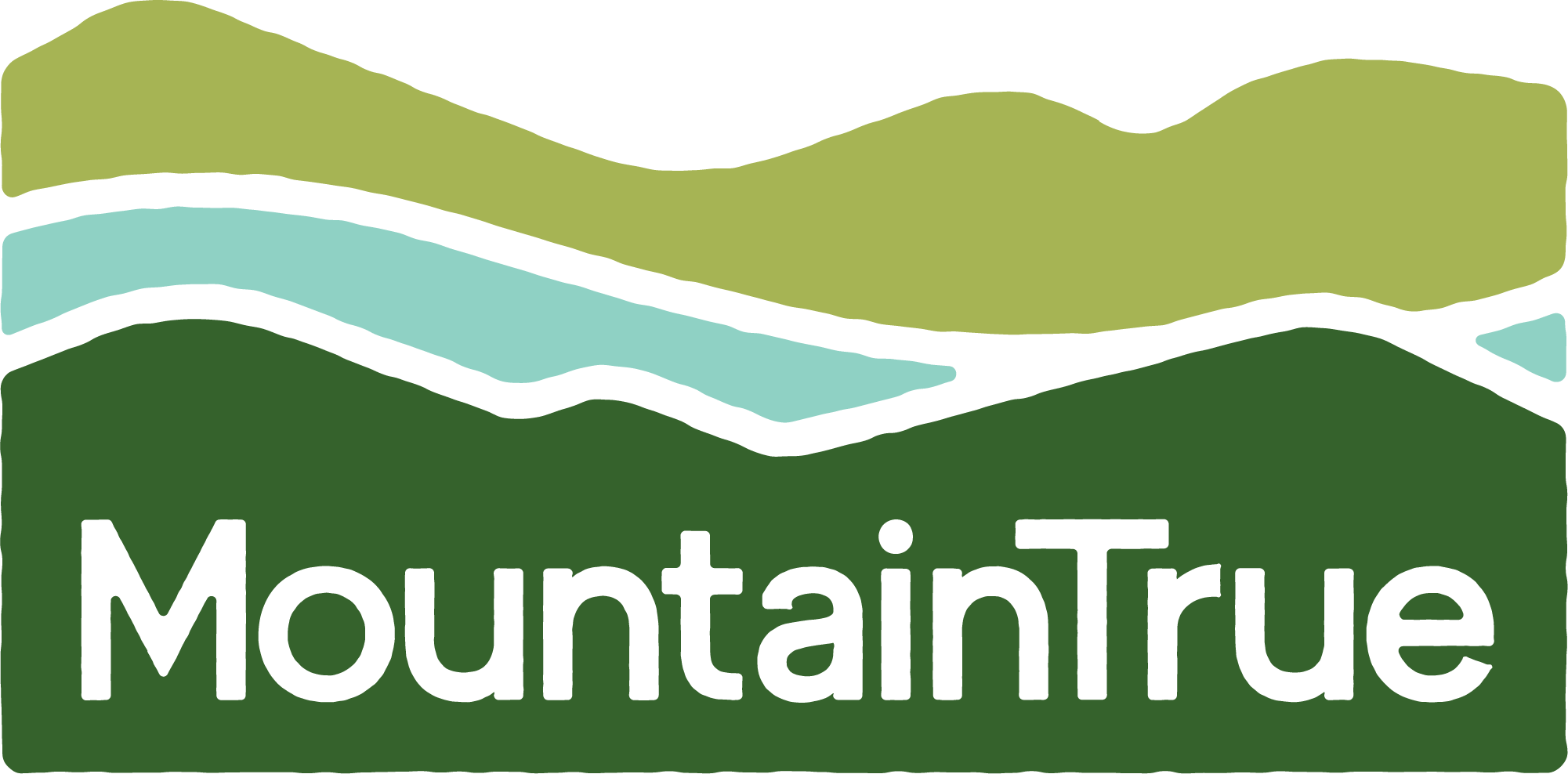5-Day Trip: May 30-June 3, 2015 THIS TRIP IS FULL — REGISTRATION IS CLOSED.

Saturday, May 30, Day 1: Rosman Romp – Mile 0-9
The trip will start at Headwater Outfitters in Rosman, where the North and West Forks of the French Broad meet to form the very beginning of this ancient river. We’ll organize gear and discuss the coming fun. There will also be a short presentation by the French Broad Riverkeeper on the history and state of the river. A flat nine-mile paddle through area farms will take us to a private campground for the night. This beginning stretch of river offers a secluded and pristine feeling.
Sunday May 31, Day 2: Hap Simpson Scramble – Mile 9-24
 The river continues to slowly meander as we paddle our way north through Brevard, home of the white squirrel and Brevard College. The river then continues through farmland, offering several views of rolling hills and mountains beyond the dense canopy of river birch and sycamore trees. The day will end on our own private peninsula, one of the campsites as part of the French Broad River Paddle Trail℠. We’ll take the van into Brevard to explore this pretty quaint town and enjoy a nice dinner at Square Root.
The river continues to slowly meander as we paddle our way north through Brevard, home of the white squirrel and Brevard College. The river then continues through farmland, offering several views of rolling hills and mountains beyond the dense canopy of river birch and sycamore trees. The day will end on our own private peninsula, one of the campsites as part of the French Broad River Paddle Trail℠. We’ll take the van into Brevard to explore this pretty quaint town and enjoy a nice dinner at Square Root.
Monday, June 1, Day 3: Davidson River Reel – Mile 24-38
Get your fishing rods ready because this day of paddling will pass by the Davidson River, a world-famous trout fishery. The winding river and the dense rhododendrons along the banks are spectacular. Try to catch the elusive muskie fish as we make our way into Henderson County, and later enjoy lunch at one of the campsites established as part of the French Broad River Paddle Trail℠. Take a swim and watch the sunset as we cook a delicious dinner by the fire.
Tuesday, June 2, Day 4: Horseshoe Bend Hustle – Mile 38-51
After paddling the river’s biggest horseshoe, we will pass by rock weirs built by the Cherokee Indians for fishing, and later reshaped by the Army Corps of Engineers to try to make the French Broad River navigable for large ships. The river canopy also begins to recede, allowing paddlers to catch a glimpse of the majestic Appalachian Mountains, as we paddle past the Mills River, a popular trout stream. We will also take samples along the way to determine if there are any sources of bacteria pollution for future investigation. Another lovely night of camping awaits us along the banks of the river at Buck Shoals campsite.

Wednesday, June 3, Day 5: Biltmore Estate Bustle – Mile 51-67
This day of paddling will have it all. We will paddle through the long shoals of the river, and under the Blue Ridge Parkway, a 469-mile drive that glides over some of the most scenic vistas in the world. A lunch stop at Zen Tubing awaits before a quiet beautiful paddle through the Biltmore Estate property, while glimpsing the Biltmore House and the extraordinary grounds. Despite being just outside the bustling city of Asheville, the Biltmore property creates a wilderness feel on the river. We’ll arrive at the Biltmore Estate like no one else—by boat. We’ll stop for a tour of the winery, wine sampling, a tour of the new Antler Hill Village and take time to explore the lovely grounds of the Biltmore Estate. The trip will end with a short paddle to the Asheville Outdoor Center takeout.
3-Day Trip: July 12-14, 2015

Sunday July 12, Day 1: Hot Springs plunge – Mile 110-119
The trip starts in the quaint outdoor town of Hot Springs. Hot Springs is the home of one of the few natural hot springs in the region and also the crossing of the Appalachian Trail and end of the popular class III-IV rafting section of the French Broad. This section of river is one of the most stunning on the entire river. Beautiful mountains spring out of the edge of the river as we wind between islands and cross into Tennessee. Petroglyphs are painted on some of the striking cliffs that rise out of the water’s edge. We will plunge down a few fun class II rapids before stopping to camp in the national forest.
 Monday, July 13, Day 2: Tennessee Escape – Mile 119-132
Monday, July 13, Day 2: Tennessee Escape – Mile 119-132
The scenery continues to be stunning as we drop down another few class II rapids. We’ll then meander our way out of the National Forest and enter a pretty stretch of river that includes mountains, agricultural land and a few small mountain towns. Our river camping location for the night will be a dude ranch called the French Broad Outpost. A potential star gazing will be set up for anyone interested in getting an amazingly close-up view of the stars and planets.
Tuesday, July 14, Day 3: Douglas Lake attempt – Mile 132- 144
 Today we’ll encounter the biggest rapid of the trip—a class III called The Falls. The brave boaters in the group can run the rapid, but there is a portage around the rapid for those wanting to avoid a swim. After The Falls, the days paddle will mellow out and feature some nice flow, but the river starts to change from a rocky whitewater waterway to a more pastoral stretch of water. We’ll paddle around some pretty islands as we almost make our way to the backwaters of Douglas Lake. We’ll take out in the town of Newport, just short of the confluence with the might Pigeon River. We’ll then shuttle back to our cars in Asheville.
Today we’ll encounter the biggest rapid of the trip—a class III called The Falls. The brave boaters in the group can run the rapid, but there is a portage around the rapid for those wanting to avoid a swim. After The Falls, the days paddle will mellow out and feature some nice flow, but the river starts to change from a rocky whitewater waterway to a more pastoral stretch of water. We’ll paddle around some pretty islands as we almost make our way to the backwaters of Douglas Lake. We’ll take out in the town of Newport, just short of the confluence with the might Pigeon River. We’ll then shuttle back to our cars in Asheville.
The French Broad River Paddle Trail℠ is proudly sponsored













